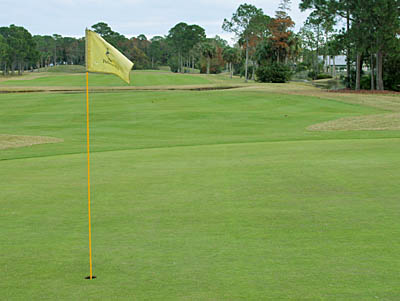
William W. Amick
ASGCA Golf Course Architect
|
|
|
|
|
|
|
The Golf Course Designer
|
The terms golf course architect and golf course designer are often used interchangeably in the golf industry. Golf design professionals provide a wide range of services for the construction of all different types of golf courses. These kinds of courses include championship/international competition, conventional-length, executive, par 3 and pitch & putt courses. Key services performed by a golf course designer for a new course might include: Selecting an Ideal Site for a Golf Course
Drawings for the Golf Course
Written Construction Information
Estimating the Cost of Construction
Visits During Construction
Individual golf course projects vary due to the many elements discussed above. So, it’s impractical for most golf course designers to immediately offer a “one size fits all” package of services for a standardized fee. This is because it first takes careful research about your individual project, its needs and goals. And only after studying a project can a qualified golf course designer quote a fee to cover the specific services that are needed for your golf course.
In addition, golf course designers can provide drawings, written documentation and make visits for adding nine or 18 holes to existing golf courses. Golf course architects can also provide these services for remodeling or redesigning older golf courses. Common reasons for remodeling an existing course can vary. Some of these reasons could include:
Many experienced and qualified golf course designers are members of a professional organization, such as in North America, the American Society of Golf Course Architects. Satisfying the membership requirements is an indication that a man or woman has proved their expertise in the golf design field. Being a member in good standing of a professional society like this has great value to each member because of continuing education programs. This keeps members up to date on the latest techniques and trends in designing new golf courses and remodeling existing ones. So, if a group or an individual is planning to build a new course or is associated with one needing to be remodeled, it’s very important to have someone trained and qualified in golf course architecture as an advisor. Having a professional on board helps you from the beginning stages of the project and throughout the entire process until completion. The training, knowledge and skill of a golf course designer should be fully utilized to maximize the investment that will be spent on your golf course project. |
|
|
| Professional Golf Course Designer - Bill Amick |
| P.O.
Box 1984 Daytona Beach, FL 32115 Telephone (386) 767-1449 |
| amick@iag.net |
